Twenty years ago today, the U.S. Supreme Court unanimously decided Reno v. American Civil Liberties Union, which found the communications decency provisions of the Telecommunications Act of 1996 to be unconstitutional. Applying strict scrutiny under the First Amendment, the Supreme Court concluded that unlike broadcasting – where the FCC’s indecency regulation has been upheld due to the unique characteristics of that medium – no content regulation with a justification of online child protection would be allowed. This means that there continues to be no content restrictions on what American internet users can send or receive.
In the ensuing years, less attention has been focused on the factual underpinnings of the case, which still represent the most detailed view of internet development that the court has ever provided. Justice John Paul Stevens, who wrote the opinion, presented historical and technical aspects of internet development to illustrate its expansive nature and popularity. The language may seem a bit elementary, but the basic framework remains the same today:
“Anyone with access to the Internet may take advantage of a wide variety of communication and information retrieval methods. These methods are constantly evolving and difficult to categorize precisely. But, as presently constituted, those most relevant to this case are electronic mail (e-mail), automatic mailing list services… ‘newsgroups,’ ‘chat rooms,’ and the ‘World Wide Web.’ All of these methods can be used to transmit text; most can transmit sound, pictures, and moving video images. Taken together, these tools constitute a unique medium – known to its users as ‘cyberspace’ – located in no particular geographical location but available to anyone, anywhere in the world, with access to the Internet.”
The court was especially taken by the “extraordinary growth” that the internet had achieved as of two decades ago. About 40 million people used the internet at the time a lower court enjoined the Department of Justice from enforcing any of the law’s criminal penalties against indecent online content. Justice Stevens wrote that this number “is expected to mushroom to 200 million by 1999.”
Fast forward to 2017. U.S. Internet usage now is at about 88 percent of our nation’s population—287 million people. In other words, that rosy growth projection has now been exceeded by 40 percent. Meanwhile, the court continues to recognize the unique nature of internet access. Justice Anthony Kennedy authored the majority opinion in the June 19 Packingham v. North Carolina decision:
“While we now may be coming to the realization that the Cyber Age is a revolution of historic proportions, we cannot appreciate yet its full dimensions and vast potential to alter how we think, express ourselves, and define who we want to be. The forces and directions of the Internet are so new, so protean, and so far reaching that courts must be conscious that what they say today might be obsolete tomorrow.”
Viewed in contemporary context, two lessons from Reno v. ACLU endure. First, as a constitutional law matter, there is a firewall for U.S. government restrictions on any non-obscene online content. In turn, this virtually unfettered freedom has fueled the pervasiveness of the internet in our lives. Remember, Facebook and the world of online apps – which now exceed websites as the go-to sources online – did not even exist then. Mark Zuckerberg was only 13 years old when the court decision was released, and other app content pioneers such as Snapchat’s Evan Spiegel were still in elementary school.
This leads to the case’s second legacy, which is more implicit but also of great importance. Given the continuing inability to predict the speed and scale of internet development or changing consumer preferences, there seems to be a subtext in that government may find it difficult to develop broad prescriptive long-lasting approaches to internet regulation.
The FCC favored this ex ante approach when crafting the Open Internet order under the Obama Administration. Under new Chairman Ajit Pai, the agency seems to favor a revision that limits government oversight to the Federal Trade Commission’s traditional enforcement authority. As the FCC compiles its rulemaking record to justify this significant change in approach, it would not be surprising to see the Reno v. ACLU decision used to support a return of this light-touch regulatory framework.
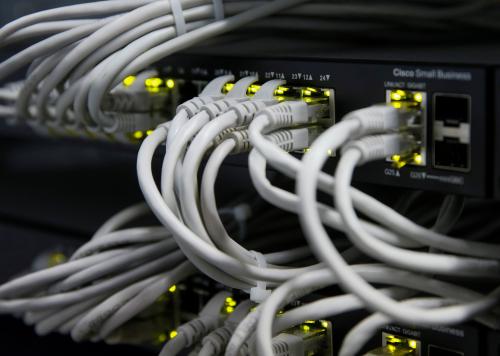
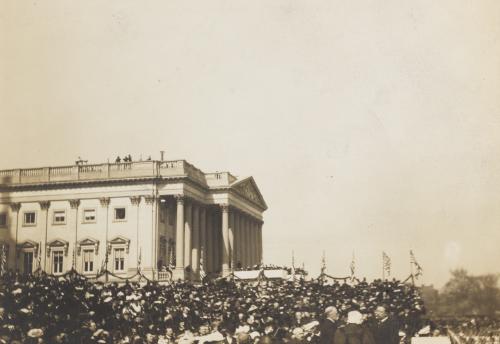
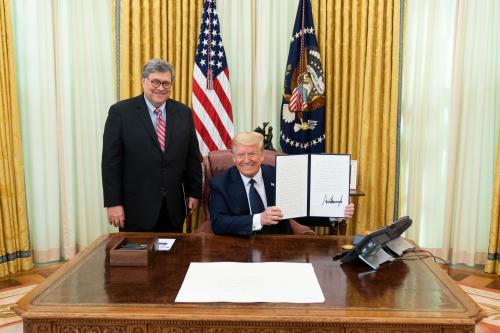
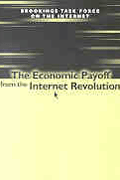
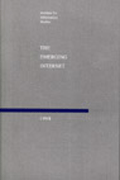
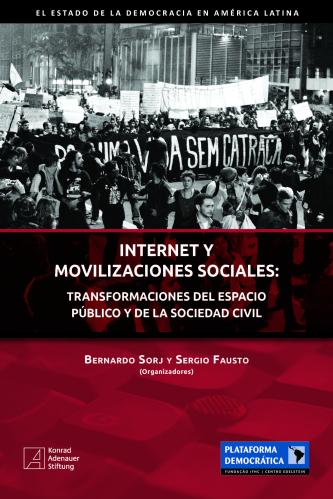




Commentary
Twenty years after Reno v. ACLU, the long arc of internet history returns
June 26, 2017